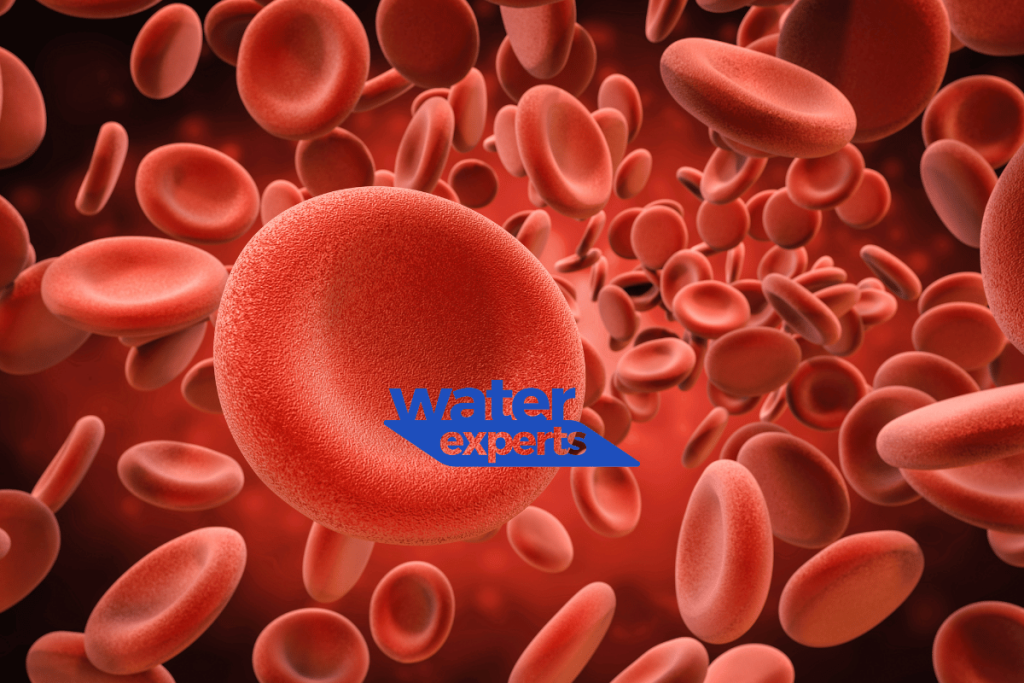So, the AquaGuard Filtration System boasts a 1-micron filtration rating, but what exactly does that mean? We’re talking about particles so tiny they’re invisible to the naked eye, existing in a realm where a human hair appears colossal. To truly grasp how effective 1-micron filtration is, let’s dive into the microscopic!

Seeing is Believing (or Not!)
A micron (µm) is a unit of measurement equal to one-millionth of a metre. It’s a tiny unit, perfect for describing the microscopic world. Here’s how small a micron truly is
- Eye of a Needle: The eye of a sewing needle is typically around 1000-1230 microns wide.
- Table Salt: A single grain of table salt is around 50-150 microns in diameter.
- Strand of Hair The average human hair measures around 70 microns wide.

- Parasites on the Microscopic Scale: Giardia, a common waterborne parasite, measures around 10-15 microns.
- Red Blood Cell: Our red blood cells, those tireless transporters of oxygen, are about 6-8 microns in diameter.

Why Does This Matter?

Understanding the scale of a micron helps us appreciate the precision involved in filtration processes. It also illustrates the incredible diversity of microscopic particles that exist in our world, from harmful bacteria to essential components of our own bodies.
Beyond Microns: Not all contaminants we target in water filtration fall under the micron range. Some dissolved substances, like heavy metals or certain chemicals, require different treatment methods.
The Takeaway: Microns are a helpful unit for understanding the size of contaminants that water filtration systems address. By learning about this scale, we gain a deeper appreciation for the technology that keeps our water clean and safe.

